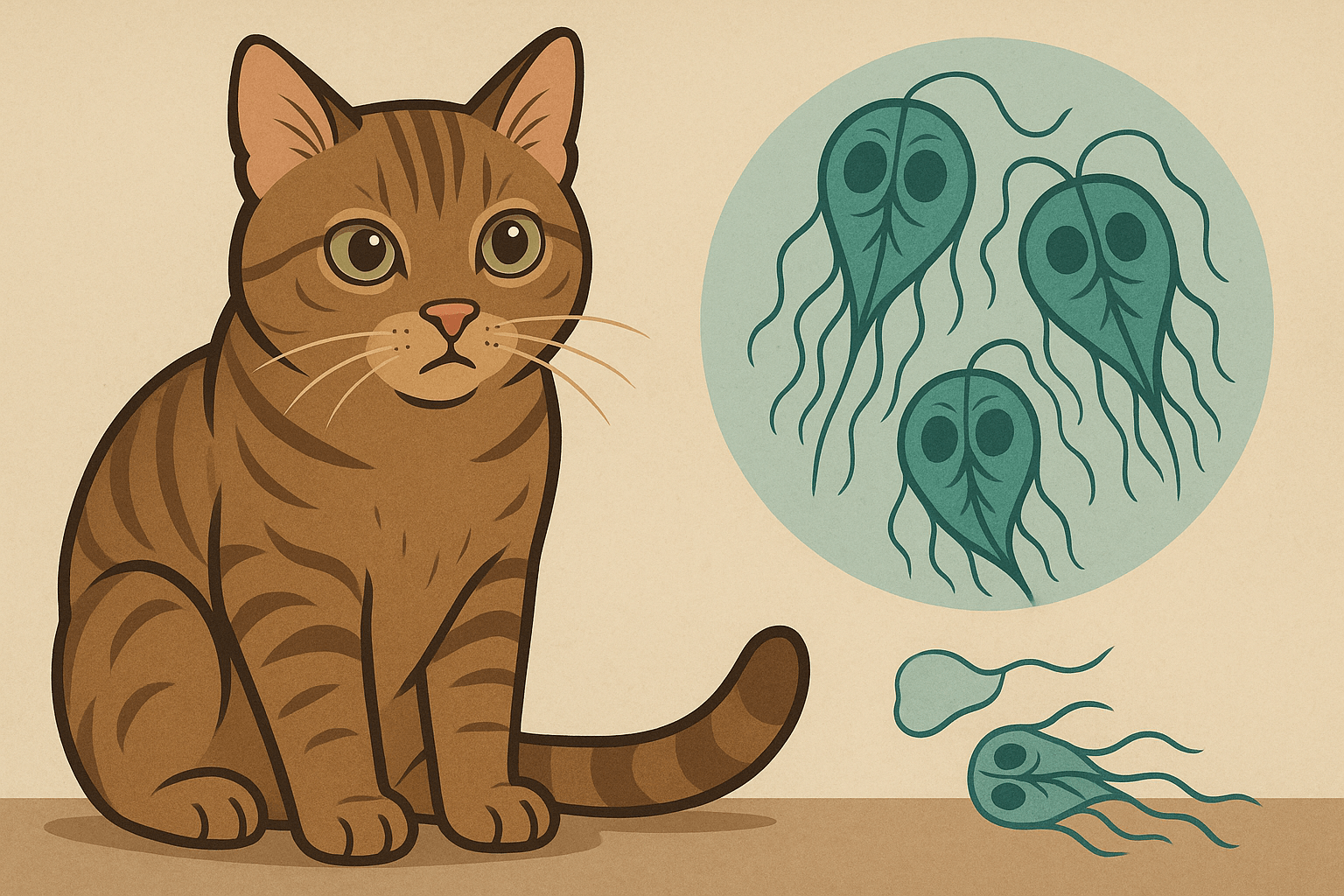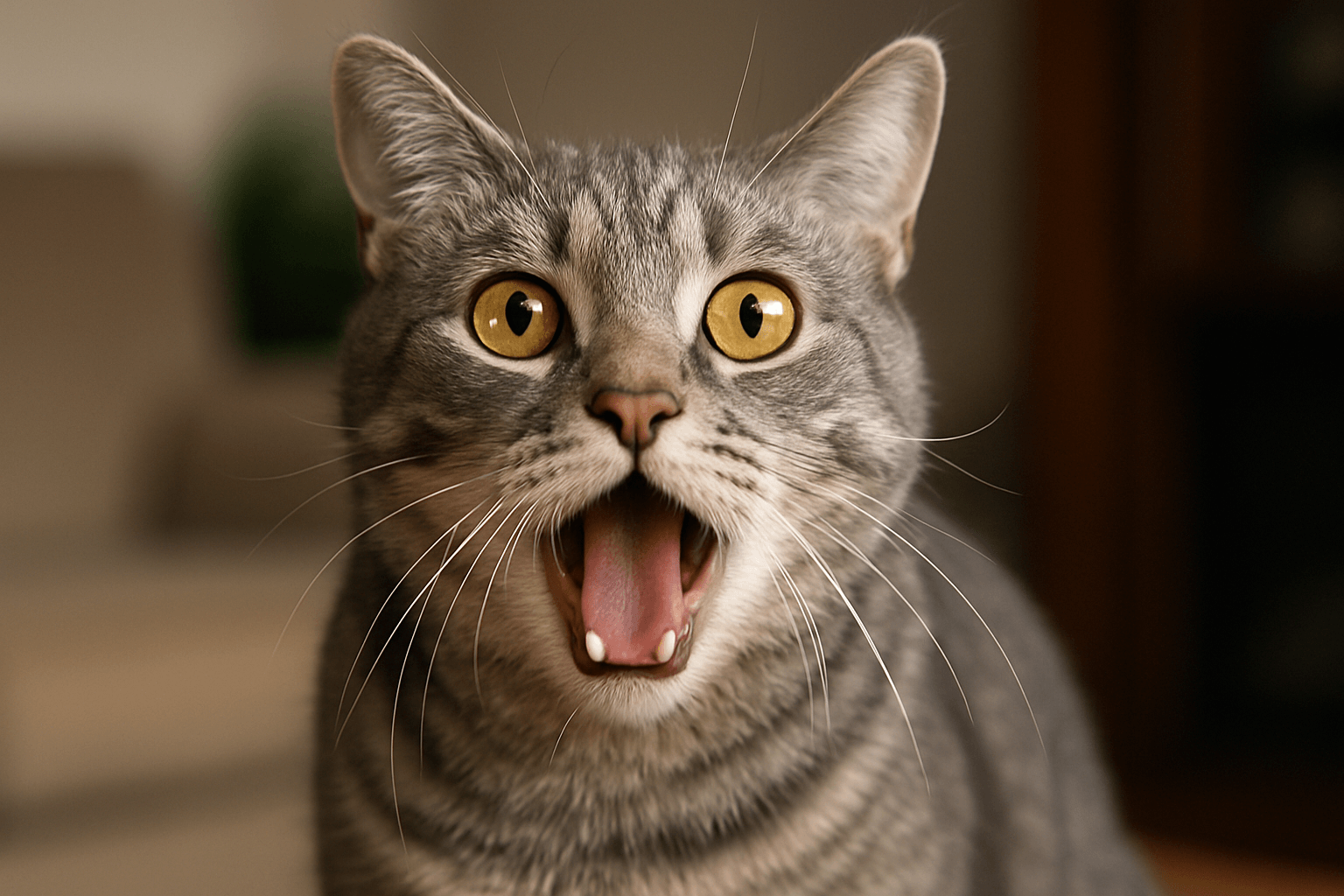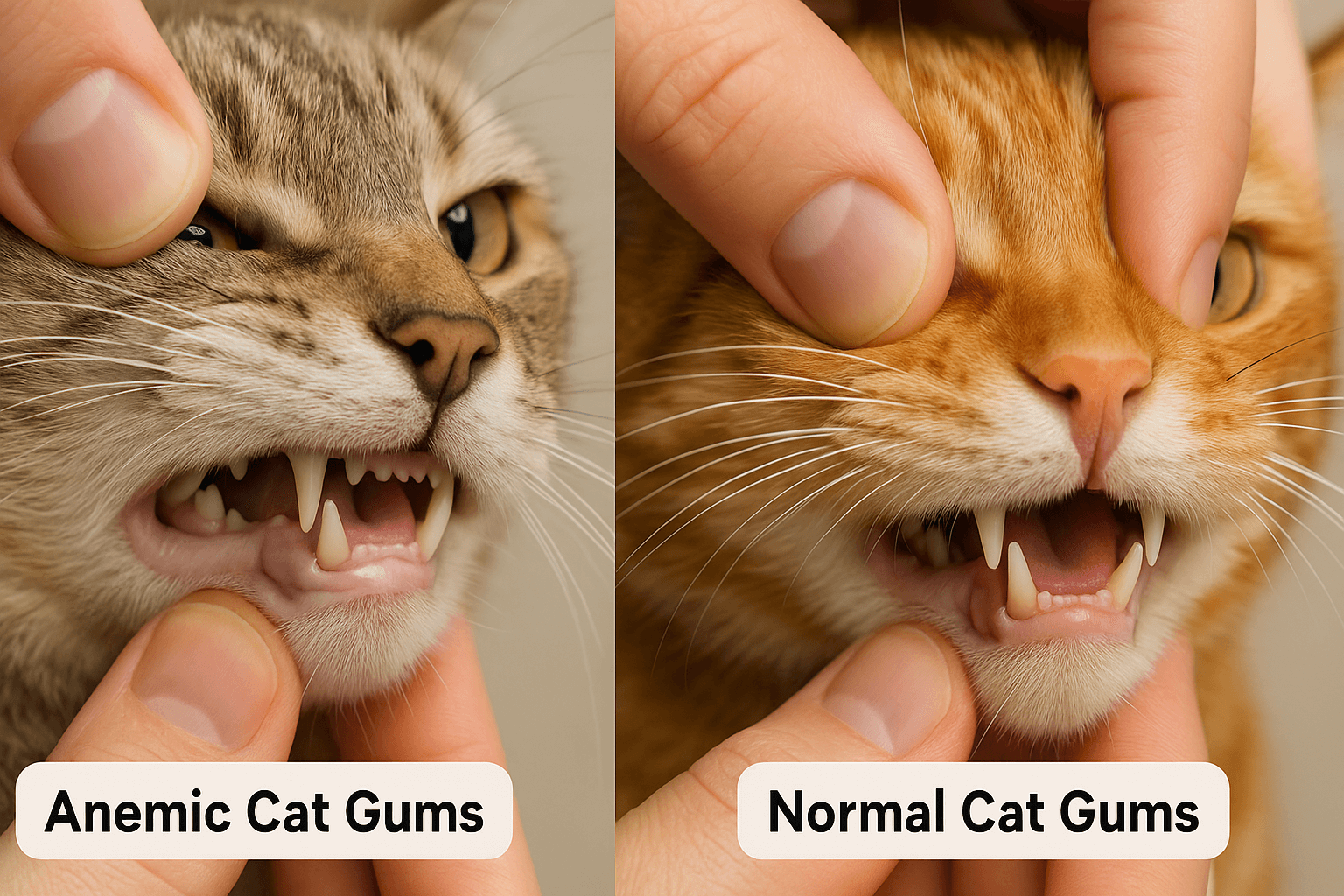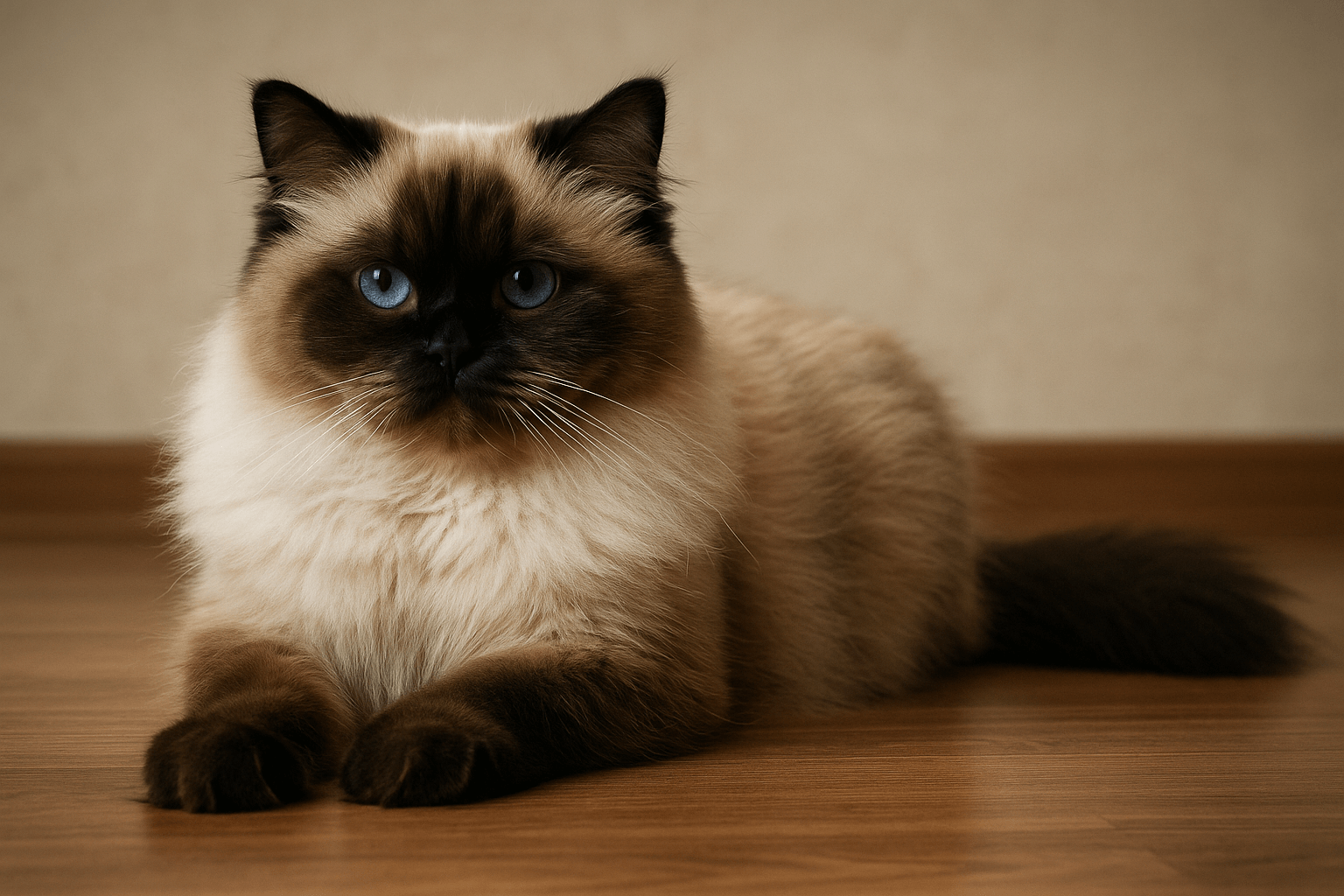Can Cats Eat Pretzels?
When it comes to sharing snacks with our feline friends, many pet owners wonder whether certain human foods are safe for cats. Pretzels, with their salty crunch and simple ingredients, might seem harmless—but are they truly safe for your cat to nibble on? While cats are obligate carnivores and don’t require carbohydrates or salty snacks in their diet, curiosity can sometimes lead them to sample unexpected treats. Understanding the potential risks and benefits of feeding pretzels to your cat is essential to ensure their health and well-being. In this blog post, we’ll explore everything you need to know about cats and pretzels, from nutritional considerations to safer alternatives.
Potential Risks of Feeding Pretzels to Cats
While pretzels may seem like a harmless snack, they pose several risks to cats that every pet owner should be aware of. These dangers range from digestive upset to more serious health concerns.
High Sodium Content:
Pretzels are loaded with salt, which can lead to sodium ion poisoning in cats if consumed in large quantities. Symptoms include vomiting, diarrhea, and excessive thirst.Choking Hazard:
The hard, crunchy texture of pretzels can pose a choking risk, especially for smaller cats or those prone to gulping food.Digestive Upset:
Cats’ digestive systems aren’t designed to process grains or processed foods, leading to issues like bloating, gas, or constipation.Allergic Reactions:
Some cats may have sensitivities to wheat or other ingredients commonly found in pretzels, resulting in skin irritation or gastrointestinal distress.Nutritional Imbalance:
Pretzels offer no nutritional value for cats and can displace healthier foods in their diet, leading to deficiencies over time.
These risks highlight why caution is essential when considering giving pretzels—or any human snack—to your cat. Always prioritize their safety over curiosity or convenience.
Signs Your Cat May Have Eaten Pretzels
If your cat has accidentally consumed pretzels, it’s important to monitor them closely for signs of distress. Early detection of symptoms can help prevent complications.
Excessive Thirst or Urination:
Increased water consumption or frequent trips to the litter box could indicate sodium toxicity.Vomiting or Diarrhea:
Gastrointestinal upset is a common reaction to consuming salty or processed foods like pretzels.Lethargy or Weakness:
A sudden lack of energy or difficulty moving may signal dehydration or electrolyte imbalance caused by high sodium levels.Loss of Appetite:
Cats who feel unwell after eating pretzels may refuse food, which can worsen their condition.Swelling or Choking Sounds:
If your cat appears to be struggling to breathe or making unusual noises, they may have choked on a piece of pretzel.
Recognizing these signs early allows you to seek veterinary care promptly, preventing further complications.
Check this guide 👉Can Cats Eat Lemon? Best 7 Expert Tips!
Check this guide 👉Can Cats Eat Tofu? Best 7 Expert Tips!
Check this guide 👉Can Cats Eat Cauliflower? Best 7 Expert Tips!
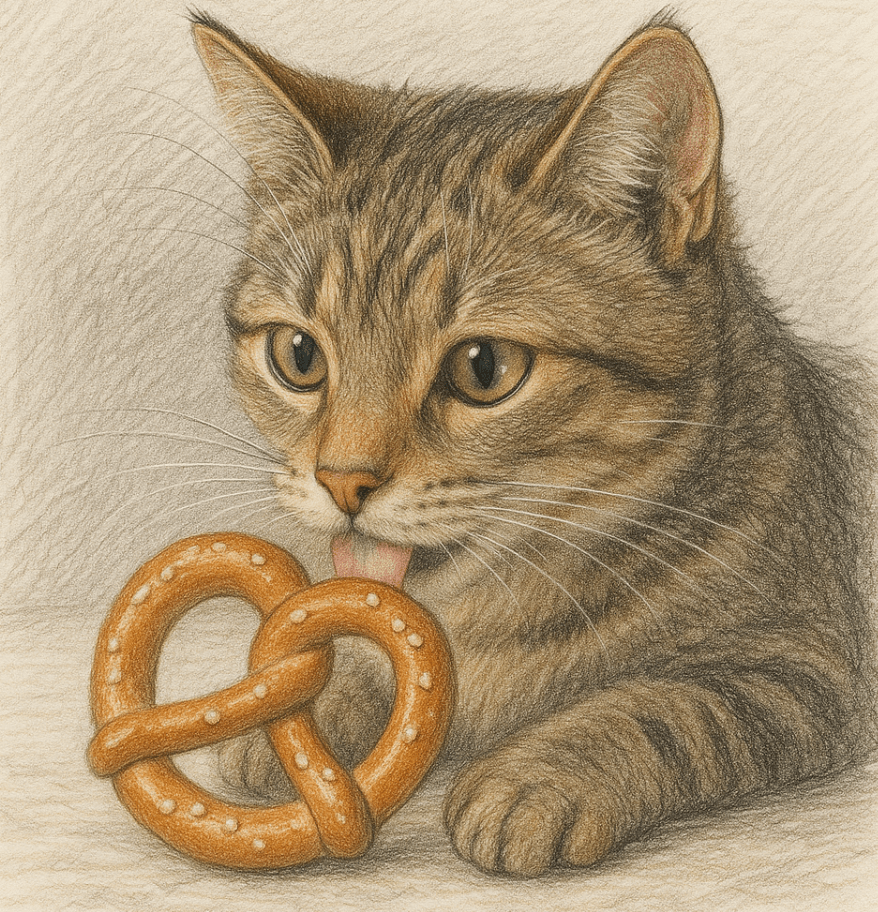
Safe Treats for Cats | Foods to Avoid Giving Cats |
|---|---|
Plain cooked chicken (no seasoning) | Salty snacks like pretzels or chips |
Small pieces of plain fish | Processed foods with additives |
Catnip-infused toys or treats | Grapes, raisins, and chocolate |
Pumpkin puree (unsweetened) | Dairy products like milk or cheese |
Freeze-dried meat treats | Onions, garlic, and spicy seasonings |
How to Safely Introduce Snacks to Your Cat
While pretzels aren’t recommended, there are ways to safely introduce occasional treats into your cat’s diet without compromising their health. Follow these guidelines to ensure a positive experience.
Choose Species-Appropriate Treats:
Opt for treats specifically formulated for cats, ensuring they meet dietary requirements and avoid harmful ingredients.Limit Portion Sizes:
Treats should make up no more than 10% of your cat’s daily caloric intake to maintain a balanced diet.Avoid Seasonings and Additives:
Skip anything with salt, sugar, spices, or artificial flavors, as these can upset your cat’s stomach.Monitor for Allergies:
Introduce new foods gradually and watch for signs of allergic reactions, such as itching or vomiting.Consult Your Veterinarian:
Before introducing any new food, check with your vet to confirm it’s safe for your cat’s specific needs.
By following these steps, you can provide your cat with tasty treats while keeping their health a top priority.
Alternatives to Pretzels for Your Cat
If you’re looking for safe and healthy snack options for your cat, there are plenty of alternatives that satisfy their cravings without the risks associated with pretzels.
Plain Cooked Chicken:
Unseasoned, boneless chicken provides protein and satisfies your cat’s carnivorous appetite.Freeze-Dried Meat Treats:
These treats mimic the taste and texture of raw meat, offering a nutritious and appealing option.Pumpkin Puree:
Unsweetened pumpkin aids digestion and can help relieve constipation or hairballs.Catnip Toys:
Many cats enjoy playing with catnip-infused toys, providing both entertainment and a mild “treat.”Small Pieces of Plain Fish:
Fish like salmon or tuna (cooked and unseasoned) can be an occasional indulgence for your cat.
These alternatives allow you to spoil your cat without compromising their health or dietary needs.
Common Mistakes to Avoid When Feeding Human Foods to Cats
Sharing human foods with cats can be tempting, but it’s important to avoid mistakes that could endanger their health. Here are some pitfalls to watch out for.
Assuming All Human Foods Are Safe:
Not all foods humans enjoy are suitable for cats; always research before offering something new.Overlooking Portion Control:
Even safe foods can cause problems if given in excess, disrupting your cat’s nutritional balance.Ignoring Individual Sensitivities:
Every cat is unique; what’s safe for one may not be safe for another due to allergies or health conditions.Feeding Processed Foods Regularly:
Processed snacks like pretzels lack nutrients and can harm your cat’s long-term health.Neglecting Veterinary Advice:
Skipping professional guidance can result in unknowingly harming your cat with inappropriate food choices.
Avoiding these mistakes ensures a safer and healthier experience for your cat.
Understanding Your Cat’s Natural Diet Preferences
Cats are biologically wired to prefer certain types of food based on their evolutionary history as hunters. Understanding their instincts helps explain why pretzels and similar snacks don’t align with their needs.
High Protein Requirements:
Cats need diets rich in animal-based proteins to support muscle growth, energy, and overall vitality.Low Carbohydrate Tolerance:
Unlike humans, cats lack the enzymes needed to efficiently digest carbohydrates, making grain-based snacks unsuitable.Hydration Needs:
Cats naturally derive moisture from their prey; dry snacks like pretzels don’t contribute to hydration and may increase thirst.Taste Preferences:
Cats have fewer taste buds than humans and rely more on smell and texture, meaning bland snacks hold little appeal.Instinctual Foraging Behavior:
Wild cats hunt for fresh meat rather than scavenging for processed foods, reinforcing the importance of species-appropriate diets.
By recognizing these preferences, you can better tailor your cat’s diet to their natural needs.
Fun Ways to Bond with Your Cat Through Food
Sharing food experiences with your cat can strengthen your bond while keeping them entertained. These ideas focus on safe, interactive ways to engage their senses.
DIY Cat Treat Recipes:
Create homemade treats using ingredients like cooked chicken, pumpkin, or liver to spoil your cat with wholesome goodies.Food Puzzle Toys:
Hide treats inside puzzle feeders to stimulate your cat’s hunting instincts and provide mental enrichment.Interactive Feeding Games:
Use wand toys or laser pointers to “hunt” for treats scattered around the room, mimicking natural foraging behavior.Special Meal Times:
Set aside designated times for bonding over meals, allowing your cat to associate food with positive interactions.Sniff-and-Taste Exploration:
Let your cat explore new scents during mealtime by adding herbs like parsley or mint (safe in moderation).
These activities enhance your relationship with your cat while promoting a healthy and enjoyable dining experience.
Frequently Asked Questions About Cats and Pretzels
Can cats eat flavored pretzels?
No, flavored pretzels often contain additional seasonings or sugars that are harmful to cats. Stick to species-appropriate treats instead.
What should I do if my cat eats a pretzel?
Monitor them closely for symptoms like vomiting, lethargy, or excessive thirst. Contact your veterinarian immediately if you notice any concerning signs.
Are gluten-free pretzels safe for cats?
While gluten-free pretzels eliminate one potential allergen, they still contain high levels of salt and offer no nutritional value for cats.
How much salt is too much for a cat?
Even small amounts of salt can harm cats; aim to keep their diet completely free of added sodium.
Can kittens eat pretzels?
Kittens are even more vulnerable to the effects of salt and processed foods, so pretzels should always be avoided.
Prioritizing Your Cat’s Health When It Comes to Snacks
Feeding pretzels to your cat may seem harmless at first glance, but the risks far outweigh any perceived benefits. As obligate carnivores, cats thrive on diets rich in protein and low in unnecessary additives like salt or grains. By understanding the potential dangers and opting for safer alternatives, you can ensure your cat stays happy, healthy, and satisfied. Remember, your feline friend relies on you to make the best dietary choices for them—so always prioritize their well-being above all else.
Giardia in Cats: Best 7 Expert Tips! Discover expert advice on identifying, treating, and preventing giardia in cats to ensure your feline stays happy and healthy.
Cat Hyperventilating: Best 7 Expert Tips! Discover signs, causes, and solutions for cat hyperventilation. Learn how to calm your cat and when to seek veterinary care for their breathing issues.
Anemic Cat Gums vs Normal: Best 7 Expert Tips! Learn to spot signs of anemia in cats, understand gum health, and ensure your feline stays happy and healthy with expert advice.
Himalayan Cat Size: Best 7 Expert Tips! Discover expert advice on Himalayan cat size, growth factors, care tips, and how to ensure your feline stays healthy and happy.

